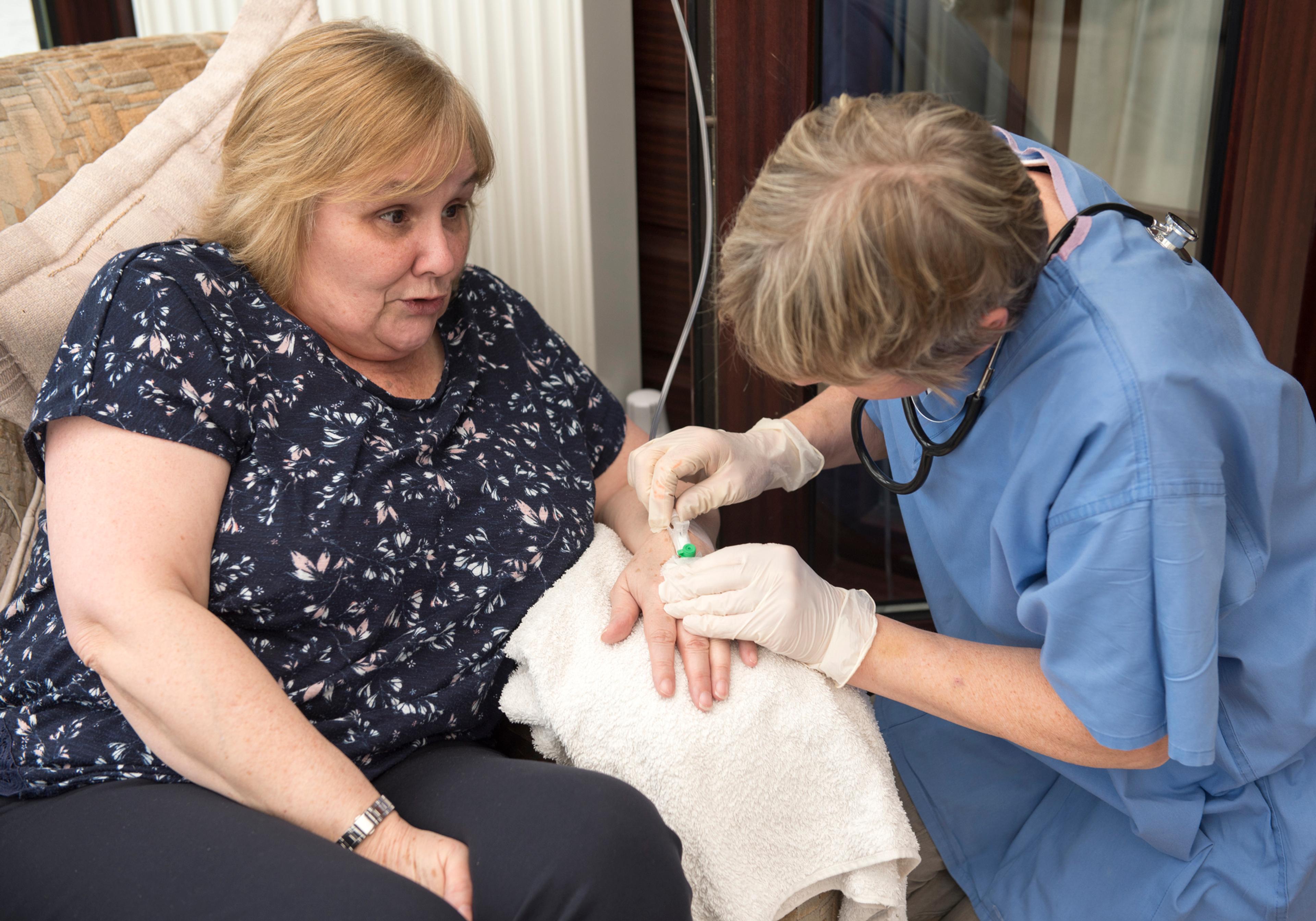
Earlier this year, Blue Cross Blue Shield of Michigan’s Pharmacy Services team received a prior authorization request from a hospital prescribing the drug Onfi® for a patient. The medication, used to treat a rare and severe seizure disorder, was prescribed to a young adult being discharged from the hospital. The medical chart notes stated the patient was taking 10 mg tablets of Onfi twice daily in the hospital, but the pharmacy request was for 20 mg tablets to be given twice daily – double the dose. This error could have caused the patient central nervous system depression, low blood pressure, sedation, trouble breathing and possibly coma or death. Luckily, the Blue Cross clinical pharmacist reviewing the case noticed the difference and immediately called the nurse to verify the treatment plan and correct the dose. Hospital discharge is a complex process and a time of significant vulnerability for patients. Sometimes when you’re sick, you see your primary care doctor who is familiar with your health care. But other times, you might find yourself seeing a handful of new specialists or being treated at a hospital. Those situations—when your treatment moves from one health care setting or provider to another—are known as “transitions of care,” and they are the most common cause of medication errors. An estimated 60 percent of all medication errors occur during a patient’s transition of care. One health care provider might prescribe you medication or create a new treatment plan and not effectively communicate that to you and your other health care providers. Or a simple clerical error could be made. That’s exactly what happened to the Blue Cross patient’s Onfi prescription. So, how does something like this happen? Lack of communication. Most pharmacists do not have access to patients’ medical charts, making it nearly impossible for them to identify dosage errors like this. Luckily, there are ways you can be proactive and reduce the risk of this kind of error from happening.
- Carry an updated list of current medications: Your list should include the drug name, dosage, frequency and what the drug is used for. You should also include any over-the-counter medications and vitamins or supplements you take, as they may interact with certain prescription drugs. Be sure to present this list to any health care provider who oversees your care.
- Always ask questions about your prescriptions and treatment regimens: Ask your doctor or pharmacist about the medications you are prescribed, what they’re for, how you should take them and what you can expect.
- Stick to one pharmacy: Fill all your prescriptions at one pharmacy so the pharmacist has a list of your medications and can catch any potential interactions between drugs.
- Play an active role in your care: Always review your new prescriptions and discharge papers when you leave a doctor’s office, urgent care center or hospital. Bring those with you to review with your pharmacist, as a way to catch mistakes.
- Don’t skip follow-up appointments: Be sure to keep your follow-up appointments with your doctor and discuss medication changes, side effects and treatment plans. An open line of communication between you and your health care providers reduces the risk of errors and helps identify potential problems.
If you would like to read more about prescriptions and pharmacy-related topics, check out these posts:
- 5 Things to Keep in Mind When Taking Your Medications
- How to Talk About Prescriptions with Your Health Care Providers
- How do I know if I’m Allergic to Certain Medications
Photo Credit: Army Medicine





